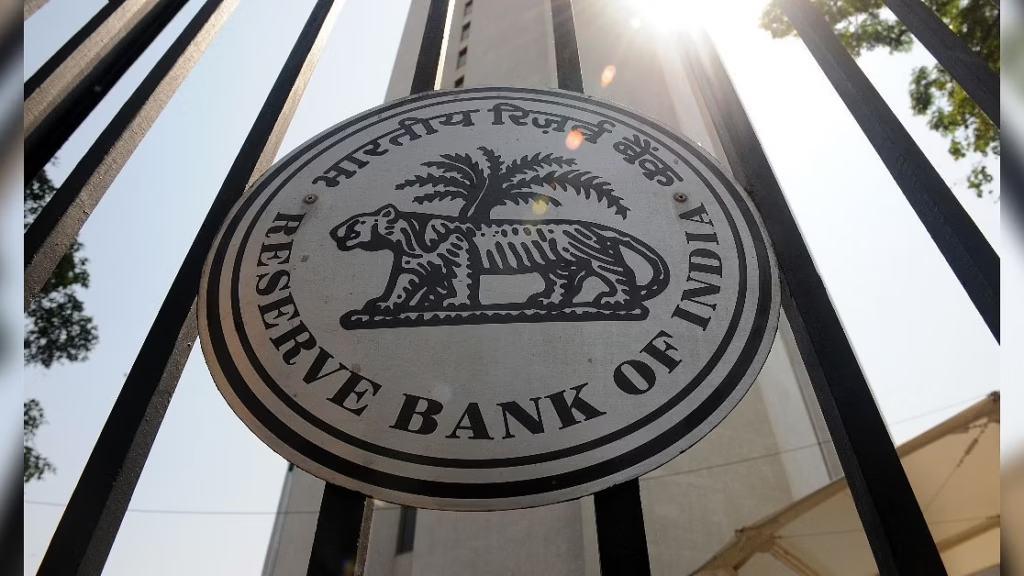
The Reserve Bank of India (RBI) is closely monitoring the potential impact of U.S. President Donald Trump’s recent tariff policies, which have led to a decline in the value of the Chinese yuan. These tariffs, imposed on Chinese imports, are part of a broader trade strategy that has created ripples across global markets. The weakening of the yuan could have significant implications for India’s economy, particularly its currency, the rupee.
China and India are competitors in various export sectors, including machinery, electronics, pharmaceuticals, and textiles. A weaker yuan makes Chinese goods cheaper in international markets, potentially reducing the competitiveness of Indian exports. Additionally, it could widen India’s trade deficit with China, which is already substantial.
In response to these developments, the RBI may adopt a “hands-off” approach, allowing the rupee to depreciate naturally in line with global currency movements. This strategy could help cushion the impact of the yuan’s decline and maintain India’s export competitiveness. However, a weaker rupee also has downsides, such as making imports more expensive, which could contribute to inflation and affect the overall economic stability.
The RBI’s decision to tolerate a weaker rupee is influenced by the broader economic context, including global trade tensions and the need to support domestic growth. Analysts suggest that the central bank is likely to focus on maintaining a balance between managing inflation and ensuring economic stability while keeping an eye on the yuan’s movements.
This situation highlights the interconnectedness of global economies, where policy decisions in one country can have far-reaching effects on others. The RBI’s approach will be crucial in navigating these challenges and mitigating potential risks to India’s economy.


